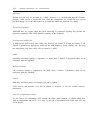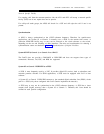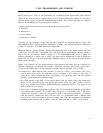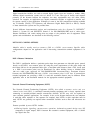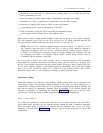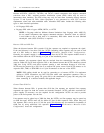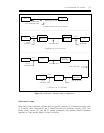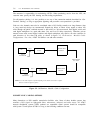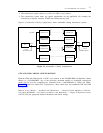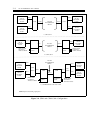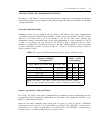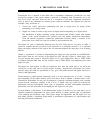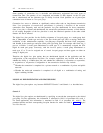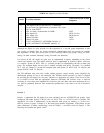
3-6
DS1 TRANSMISSION AND CABLING
The customer is responsibility for maintaining NCTEs. When purchasing service from the LEC, the
customer must specify the DS1 framing and line-coding requirements.
For off-premises cabling, it is also possible to use any of the connection methods described for “On-
Premises Cabling” as long as appropriate lightning and powerline cross-protection is provided.
Echo on voice channels must also be considered when a DS1 facility extends over long distances (that
is, long round trip delays are encountered). Round trip delays of about 16-ms equate to about 100
miles through the public switched network or 800 miles in a private network. Each digital switch and
each digital multiplexer in a path adds about 3-ms and 2-ms of delay respectively. Therefore, private
network routes with several digital switches and digital multiplexer may need to use echo cancelers in
path distances of less than 100 miles as shown in figure 3-2, On-Premises Metallic-Cable
Configurations. For a fee, AT&T Toll Offices can add echo cancelers.
DSX-1
DS1
NCTE
(NOTE)
PROTECTION
CIRCUIT
655 FT
MAXIMUM
REPEATERED
DS1 LINE
DSX-1
DS1
NOTE
(NOTE)
PROTECTION
CIRCUIT
655 FT
MAXIMUM
NOTE: Use of the office repeater is optional depending on the distance to the first T1 repeater
(unless it is needed to supply loop power).
Figure 3-2. Off-Premises Metallic Cable Configuration
NONMETALLIC CABLING OPTIONS
Many alternatives to DS1 metallic transmission facilities exist. Some of these include systems that
transmit a DS1 signal on light-guide fiber, microwaves, infrared, and radio waves. All AT&T
network distribution systems (NDS) products are compatible. Other systems should be compatible
with System 75 and System 85 DS1s as long as the following conditions are met:



